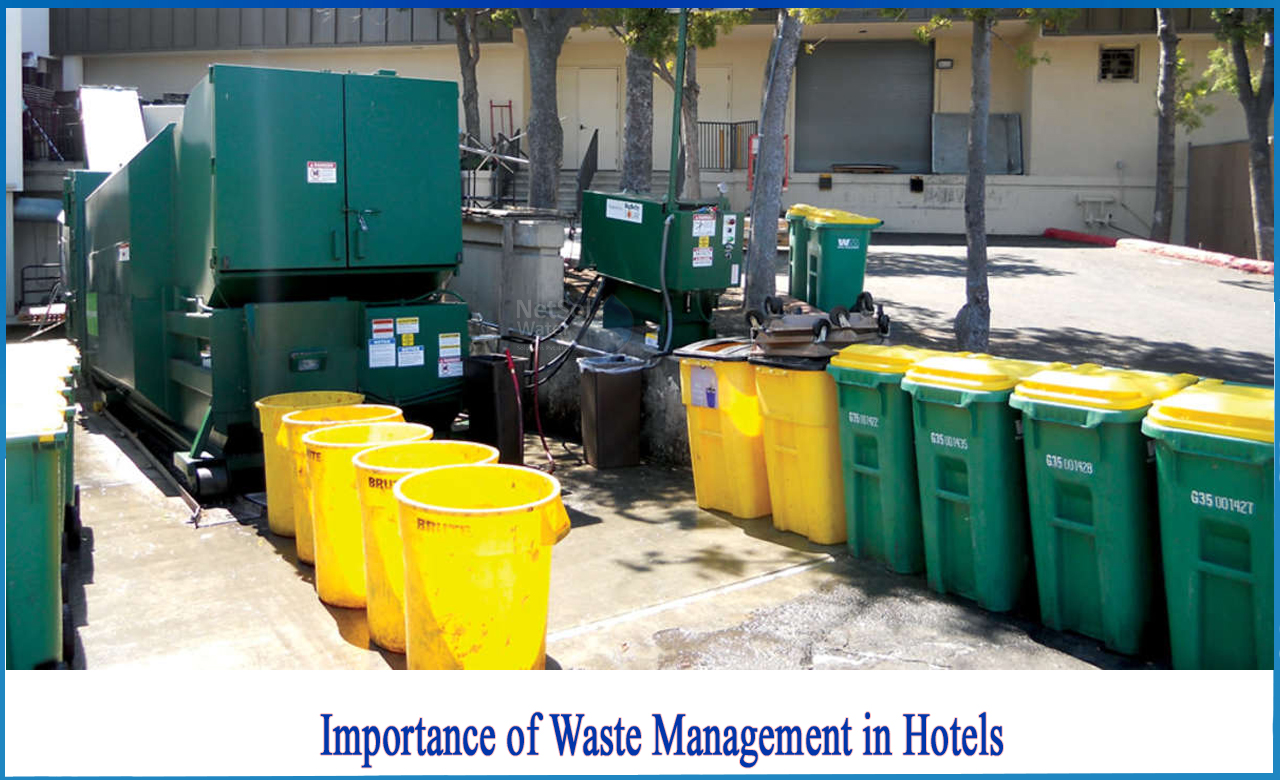Not known Factual Statements About Reclaim Waste
Table of ContentsAll About Reclaim WasteSome Known Incorrect Statements About Reclaim Waste Not known Facts About Reclaim WasteHow Reclaim Waste can Save You Time, Stress, and Money.Indicators on Reclaim Waste You Need To Know
Check out the types, incidents, and kinds of liquid waste. Domestic sewer waste describes the waste and items from a domestic sewage-disposal tank. This type of waste is created by humans in houses, institutions, and other structures. This only consists of septic systems that have a drainpipe area. The proper monitoring and disposal of residential sewage waste need fluid waste to be moved to a sewer therapy plant where the appropriate techniques and devices are put on purify and deal with waste.
Industrial waste commonly consists of possible hazards, such as flammable materials or a combination of fluid and strong waste products, and calls for a more advanced and in-depth disposal procedure. The disposal of business waste normally involves the filtering of waste prior to transportation to make sure secure and correct disposal. Hazardous waste is developed from results and runoff of commercial procedures and manufacturing.
This type of waste can not make use of the exact same sewer administration transportation or processes as septic or industrial fluids. The hazardous waste monitoring process requires the assessment and screening of fluid waste before it undertakes the disposal process (liquid waste removal). Overflow waste is the fluid waste that comes from overflow and excess stormwater in highly booming areas or cities
Runoff waste can trigger contamination and flooding if not dealt with appropriately. Guaranteeing correct waste monitoring can protect against disasters and decrease environmental harm.
Top Guidelines Of Reclaim Waste
Call PROS Services today to find out about our waste management and disposal services and the appropriate ways to care for the fluid waste you create.
Do you recognize what occurs to your water when you disengage, flush the commode or drain the washing device? No? Well, it's worth understanding. This so-called 'wastewater' is not only an important source but, after therapy, will certainly be launched to our land, rivers or the sea. Utilized water from bathrooms, showers, bathrooms, kitchen sinks, washings and industrial procedures is referred to as wastewater.

water utilized to cool equipment or tidy plant and tools). Stormwater, a type of wastewater, is drainage that streams from agricultural and metropolitan locations such as roof coverings, parks, gardens, roads, courses and rain gutters into stormwater drains, after rainfall. Stormwater flows untreated directly to local creeks or rivers, at some point reaching the ocean.
What Does Reclaim Waste Do?
In Queensland, a lot of wastewater is treated at sewer treatment plants. Wastewater is transferred from domestic or commercial sites via a system of drains and pump stations, known as sewerage reticulation, to a sewer treatment plant. Regional federal governments construct, keep and operate most sewer therapy plants. Operators are certified under the Environmental Protection Act 1994 to release cured wastewater at an acceptable environmental requirement right into waterways.
The Department of Natural Resources recommends city governments about managing, operating and keeping sewerage systems and treatment plants. In unsewered locations, neighborhood governments might require owners to install private or household sewage therapy systems to treat residential wastewater from toilets, cooking areas, washrooms and washings. The Division of Natural Resources authorizes the use of house systems when they are proven to be reliable.
Most stormwater gets no therapy. In some new neighborhoods, therapy of some stormwater to eliminate litter, sand and gravel has actually started making use of gross toxin catches. Wastewater treatment takes place in four phases: Gets rid of solid matter. Bigger solids, such as plastics and various other objects wrongly discharged to sewage systems, are eliminated when wastewater is gone through screens.
Wastewater after that streams into large containers where solids resolve and are gotten rid of as sludge. Oil and scum are skimmed from the surface. Makes use of little living microorganisms knows as micro-organisms to break down and eliminate continuing to be liquified wastes and great particles. Micro-organisms and wastes are integrated in the sludge. Eliminates nitrogen and phosphorus nutrients that can trigger algal blooms in our rivers and read more endanger water life.
Rumored Buzz on Reclaim Waste
Nutrient removal is not offered at all sewer treatment plants since it calls for pricey specialised tools. Clear fluid effluent generated after therapy may still consist of disease-causing micro-organisms - industrial wastewater treatment.

The majority of wastewater flows into the sewage system. Under the Act, neighborhood federal governments provide approvals and permits for ecologically pertinent tasks (ERAs) entailing wastewater releases that may have a local influence.
Reclaim Waste - Questions
Or else, examples are taken for lab evaluation. Often many tests are required to develop the levels of each of the different contaminants such as oils, hefty steels and chemicals in water. Tracking supplies valid info about water high quality and can validate that permit problems are being satisfied. The details obtained with surveillance provides the basis for making water high quality decisions.
Comments on “The Reclaim Waste Statements”